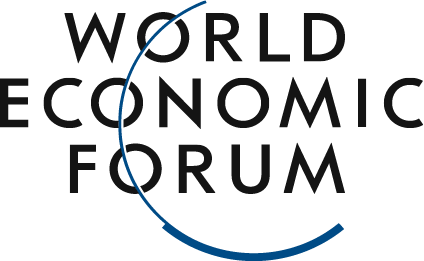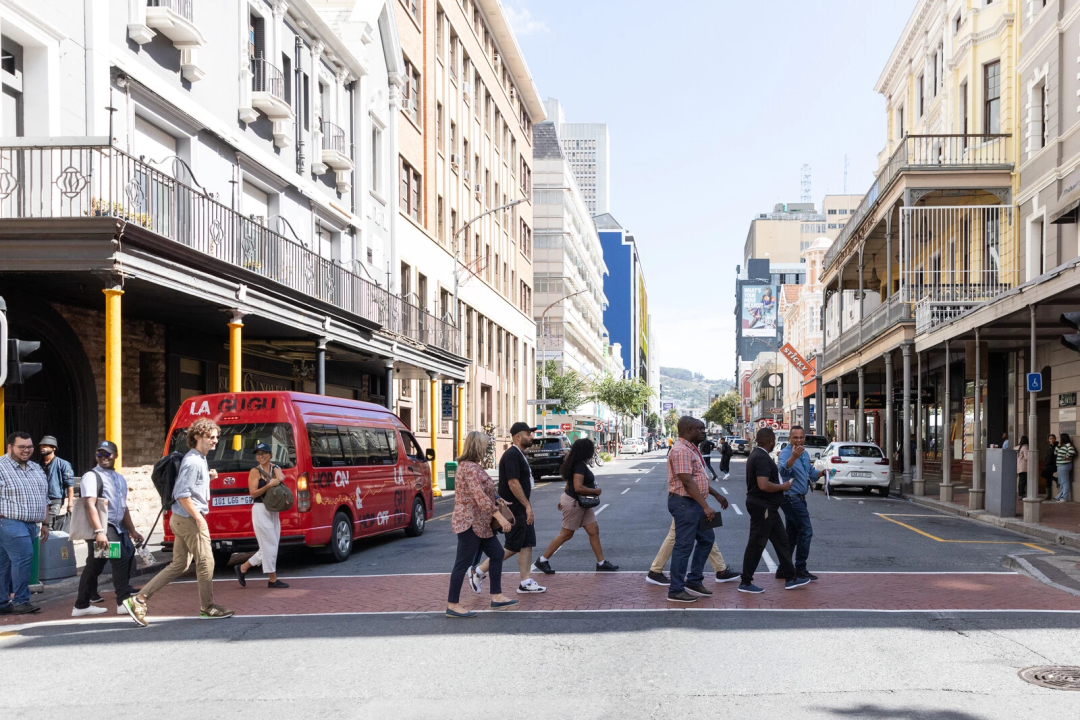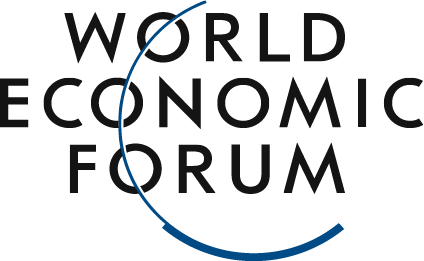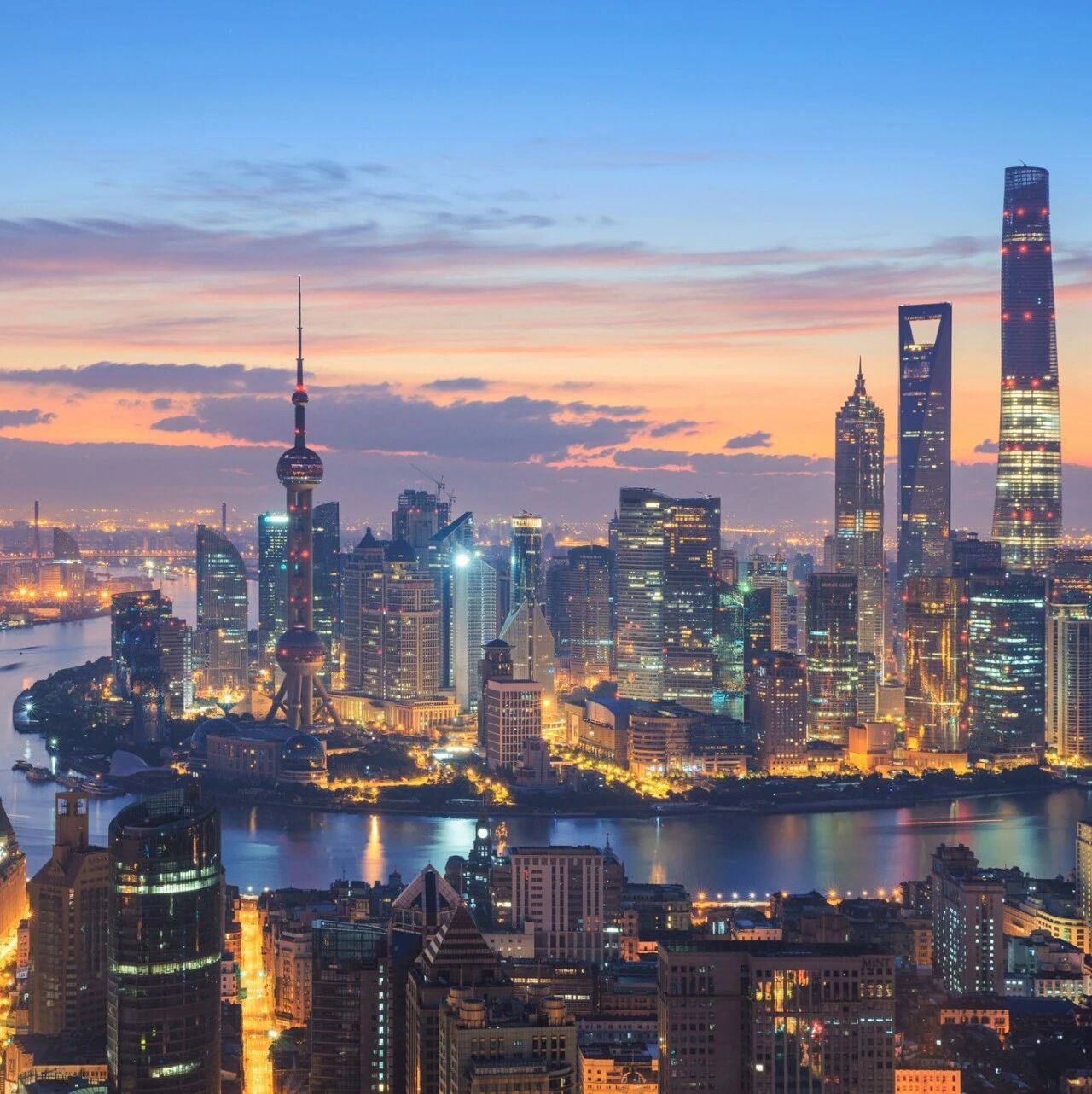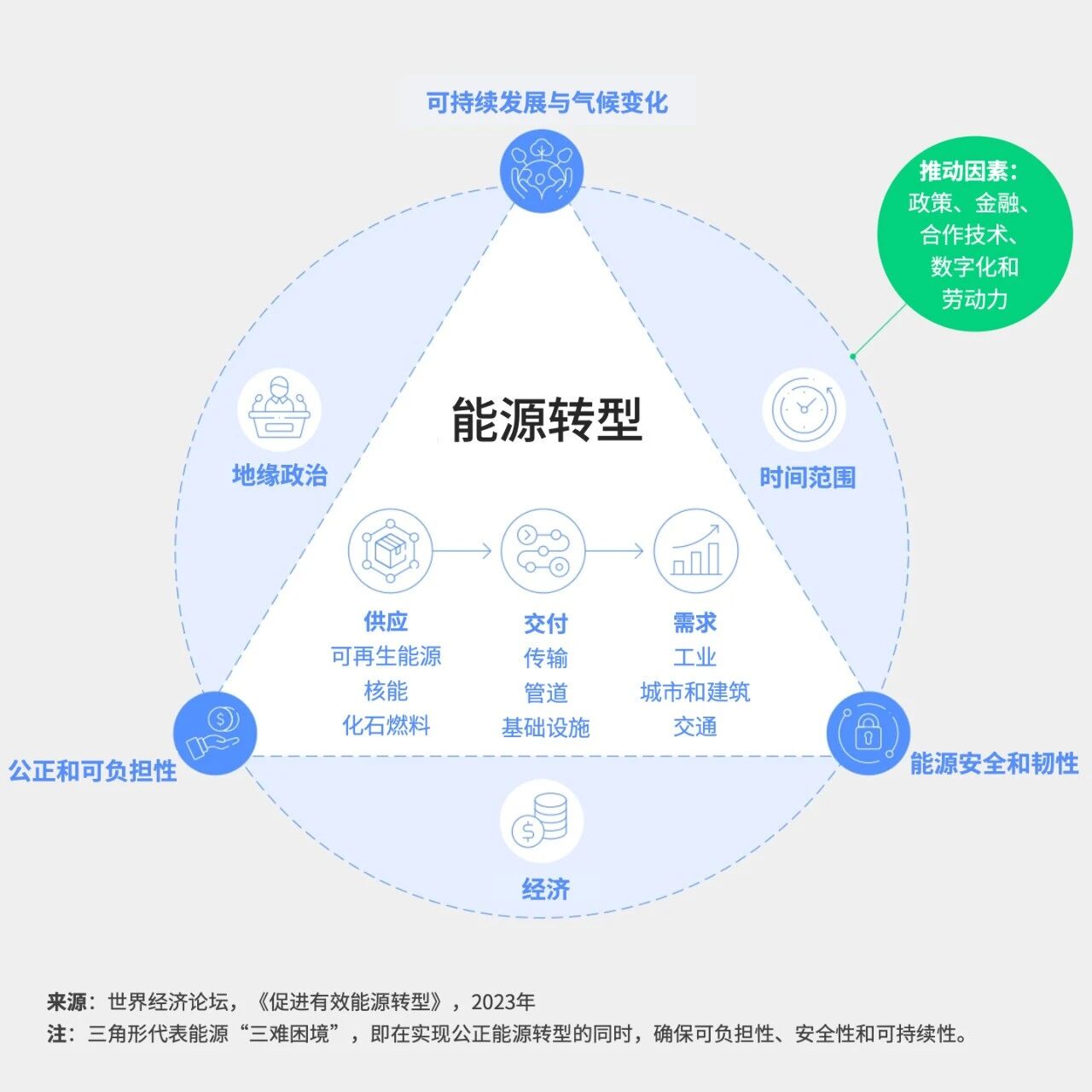Members of the Global Alliance for Road Safety (ACRoS) discussed three ways to improve road safety.
Image source: Ashraf Hendricks
Marcela Guerrero Casas
Co-founder of Local South
According to data from the World Health Organization, approximately 1.19 million people die each year in road traffic accidents.
A recent road safety event held in Cape Town highlighted that Africa has the highest road traffic mortality rate in the world.
Members of the Global Alliance for Road Safety (ACRoS) discussed three ways to improve road safety.
Recently, UN-Habitat convened the ACRoS (Global Alliance for Urban Road Safety) Inter-City Exchange Meeting in Cape Town. During the event, Solomzi Mdlangaso, Head of Road Safety in Cape Town, shared, "The insurmountable pain, suffering, and heartache keep me tossing and turning at night."Road safety faces multifaceted challenges, such as rapid urbanization, inadequate infrastructure, and limited public awareness. While the root causes may be complex, road safety issues are also directly tied to human lives and economic losses.According to data from the World Health Organization, road traffic accidents remain the leading cause of death among young people aged 5 to 29, and Africa is "the region with the highest road traffic fatality rate in the world—and the highest proportion of pedestrian and cyclist deaths."Despite the staggering death toll, policies and funding have not prioritized the issue of road safety.Discussions at the South African exchange meeting already hinted at the determination of ACRoS city officials to change this situation. The meeting explored three approaches to shift priorities, placing greater emphasis on building safe roads and streets for everyone.1. Creatively mobilizing resourcesIt is well known that road safety issues don’t always receive priority funding. City officials are already making the most of their limited budgets, so we should explore new sources of funding.One idea is to position road safety as a central element of climate finance proposals, after all, the link between the two has already been established. Moreover, given that road safety is interdependent with other critical issues, we can integrate it into discussions around non-transportation topics such as public health, tourism, parks and recreation, as well as arts and culture.Integrating resources to implement specific interventions could also make a difference. For instance, one of the key challenges during the visit was improving road markings and clearing signage. The meeting even discussed ways to raise collective funds to purchase higher-quality paint—a common challenge faced by several cities.Meanwhile, companies like insurance firms have already partnered with cities such as Johannesburg to provide lighting signal support during the country’s rotating power outages. If we can more effectively communicate the business benefits of addressing road safety issues, we can undoubtedly mobilize the private sector’s resources to make a real impact.2. Collaborating with and serving young peopleMdlangaso noted that in Cape Town, more than 50% of road traffic fatalities occur among people under the age of 35—and the same trend holds true in other African cities. This poses a significant potential impact on both cities and nations, given that a substantial portion of Africa’s population falls within this age group.Therefore, from Maputo to Kampala, Africa is working hard to create safe campus zones. At the same time, the continent is also developing new approaches to driver training. For instance, in Monrovia, Liberia, the city government has launched a program aimed at fostering a sense of responsibility among future drivers from an early age. By emphasizing the importance of road safety throughout the curriculum, a distinct driving culture could begin to take shape.Many public awareness campaigns aim to change the behavior of pedestrians and other vulnerable road users, but if drivers simply drive carefully, we’ve already achieved half of our goal. Monrovia may be leading the way in nurturing a new generation of responsible drivers.In Cape Town, we learned that the city government has partnered with the local NGO ChildSafe SA to launch the "Safe Walk to School" program. The initiative has been a resounding success, not only raising awareness about road safety but also leveraging international funding to develop much-needed infrastructure on the streets of Khayelitsha, Cape Town's largest township.3. The Global South should strengthen learning.At ACRoS, city officials from Africa and the Middle East shared their experiences and forged a united front to improve road safety. Given the daunting nature of the challenges and the limited availability of funding, this was no easy feat.In fact, it’s no surprise that attention to road safety issues has waned in recent years, given that most funding comes from the Global North. After all, road safety in the Global North has been steadily improving. For instance, between 2019 and 2023, Europe saw a 10% reduction in road traffic fatalities.We need to share similar challenges and learn from comparisons to gain valuable insights. In the Global North, road safety may primarily mean reducing traffic accidents; however, in the Global South, countries must also tackle additional issues such as crime, inadequate reporting systems, insufficient basic services, and limited government capacity.After spending a week personally experiencing walking and cycling in South African cities, I felt the powerful impact of sharing experiences within similar contexts. As Mr. Gitau Thabanja, City Manager of Nakuru, Kenya, noted, while there’s hardly any direct comparison to New York, witnessing Cape Town’s dedicated efforts has inspired other African city officials to believe that they, too, can launch similar initiatives in their own urban environments.
The above content solely represents the author's personal views.This article is translated from the World Economic Forum's Agenda blog; the Chinese version is for reference only.Feel free to share this on WeChat Moments; please leave a comment below the post if you’d like to republish.
Translated by: Di Chenjing | Edited by: Wang Can
The World Economic Forum is an independent and neutral platform dedicated to bringing together diverse perspectives to discuss critical global, regional, and industry-specific issues.
Follow us on Weibo, WeChat Video Accounts, Douyin, and Xiaohongshu!
"World Economic Forum"
